Steel Planters
Tachbrook Park, Leamington
Timber Planters
Salford University
Concrete Planter
Corten Steel Planters
Drake Circus, Plymouth
Green Stamp Concrete Planter Bench
Stainless Steel Planter
Chelsea Island, London
Mill Lane Estate, Royal Docks, London
Move the orange button to see the transformation (Steel planters, Rivergate, Bristol)
Finsbury Tower, Bunhill Road, London
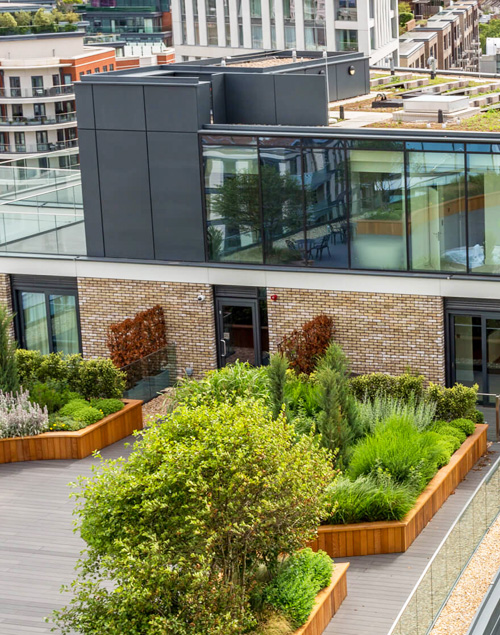
Timber and stainless steel planters, Chelsea Island, London
Boeing, Europa Avenue, Sheffield
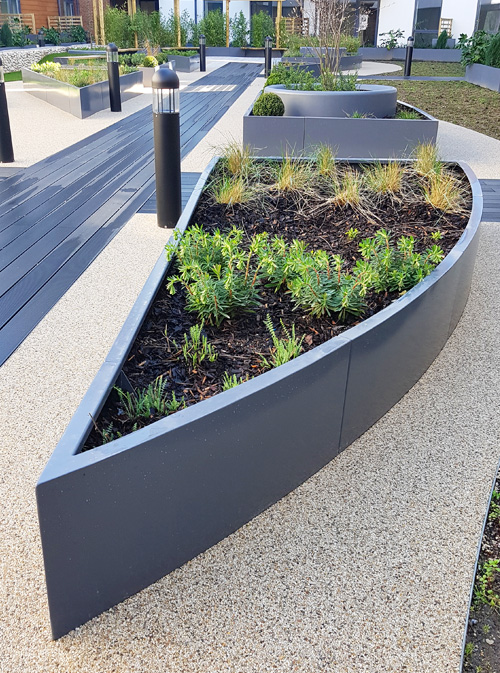
Blyth Road, Hayes, London
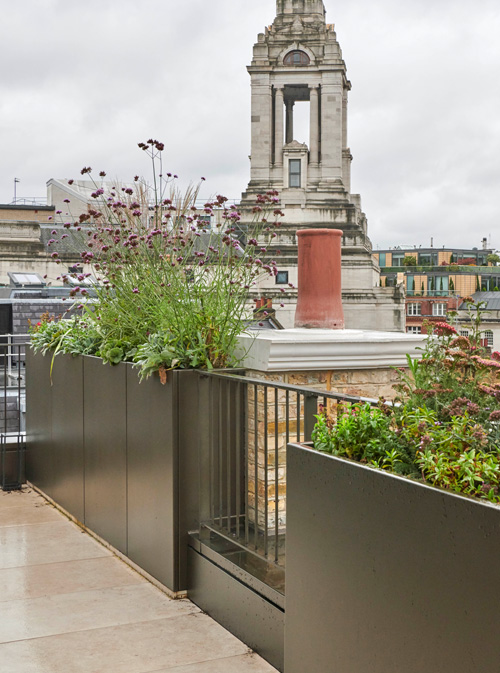
Chapter House, Covent Garden, London
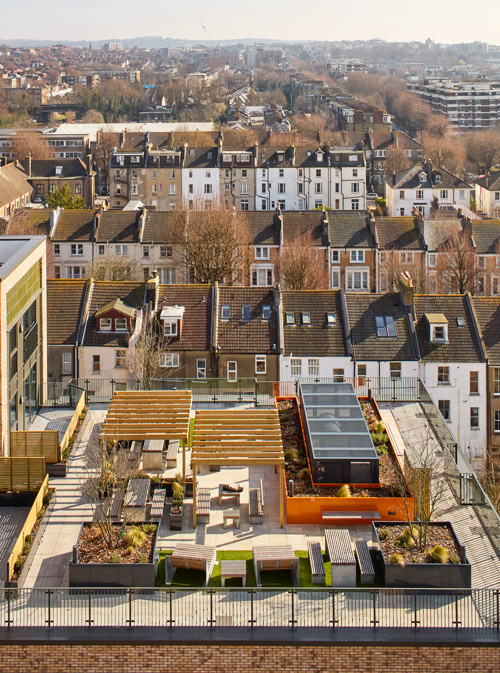
Hove Gardens, Hove
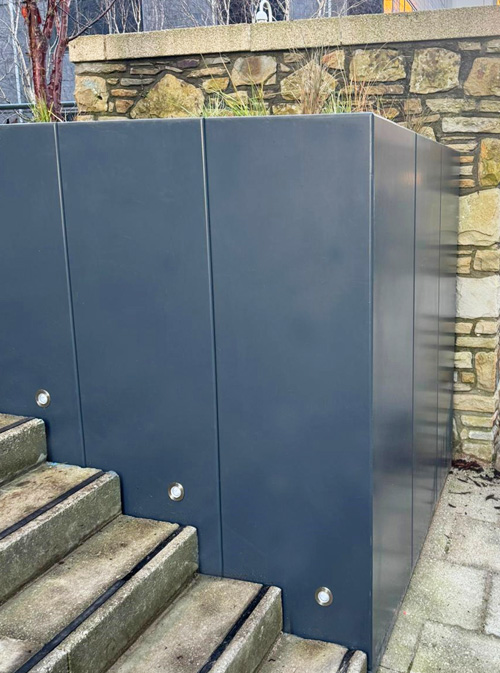
Rivergate, Bristol
The Stage, Shoreditch, London